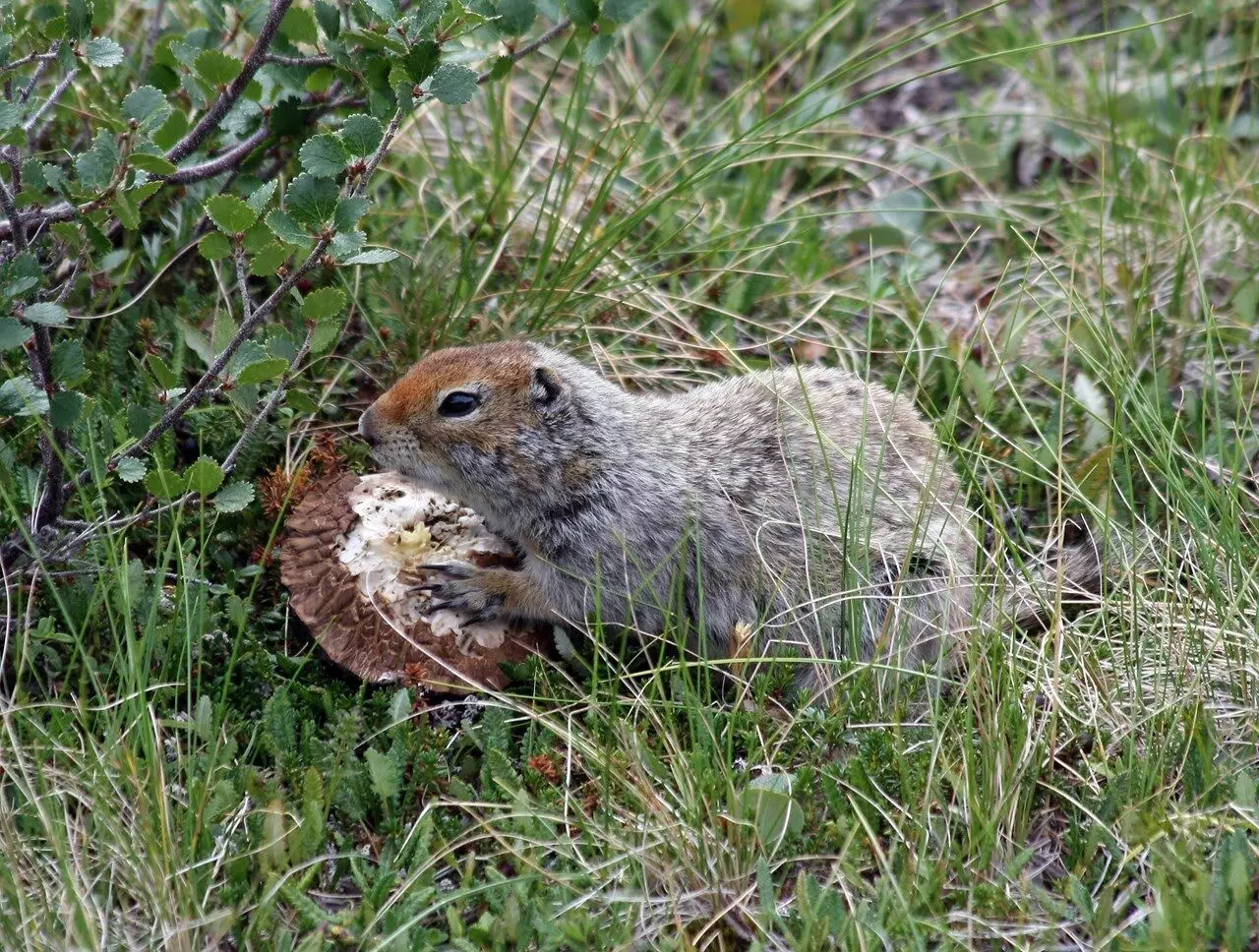
Climate change altered Hibernation periods of Arctic ground squirrels: Study
text_fieldsA recent study examined more than 25 years' worth of temperature and biological data on Arctic ground squirrels to discover shorter hibernation times and variations between male and female cycles.
In reaction to warming, the females were also observed to emerge from their hibernation a bit earlier, which the researchers noted may have both favourable and unfavourable implications on the food web in these ecosystems.
''I think the thing that makes our study unique is that we are looking at a long enough dataset to show the impacts of climate change on a mammal in the Arctic,'' said senior author Cory Williams, assistant professor in the Department of Biology at Colorado State University, US, who began studying arctic ground squirrels more than 15 years ago.
'Our data show that the active layer, the soil layer above the permafrost, freezes later in the fall, doesn't get as cold in the middle of winter, and thaws slightly earlier in the spring.
''These changes, amounting to about a 10-day reduction of the time soil is frozen at a metre deep, have occurred over just 25 years, which is fairly rapid,'' said Helen Chmura, lead author for this latest research published in the journal Science.
Arctic ground squirrels are known to survive harsh Alaska winters by hibernating for over half the year, drastically slowing their lungs, heart, brain, and body functions. They still must spend energy to generate enough heat from stored fat to keep tissues from freezing. They resurface from their burrows more than 3 feet below the ground each spring, famished and eager to mate.
The researchers analysed long-term air and soil temperature data at two sites in Arctic Alaska in conjunction with data collected using biologgers.
Measuring the abdominal and/or skin temperature of 199 free-living individual ground squirrels over the same 25-year period, they found that females are changing when they end hibernation, emerging earlier every year, while the males are not. Changes in females were found to match earlier spring thaw.
The advantage of this phenomenon is that they do not need to use as much stored fat during hibernation and can begin foraging for roots and shoots, berries and seeds sooner in the spring. Scientists think this could lead to healthier litters and higher survival rates.
The downside is that if the males also do not shift hibernation patterns, there eventually could be a mismatch in available ''date nights'' for the males and females.
An indirect consequence of being active above ground longer is greater exposure and risk of being eaten, as ground squirrels are also an important source of food for many predators, such as foxes, wolves, and eagles.
While hibernation requires less energy, which could help overwinter survival, ground squirrel numbers also depend on how predators respond to climate shifts, hugely influencing their future populations.
''Our paper shows the importance of long-term datasets in understanding how ecosystems are responding to climate change,'' said Williams.
With PTI inputs























